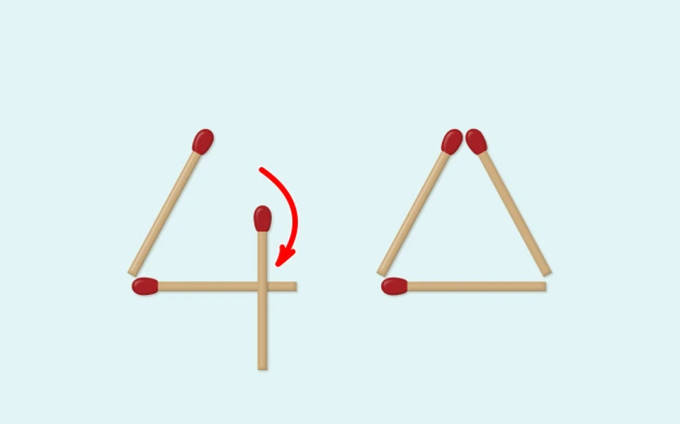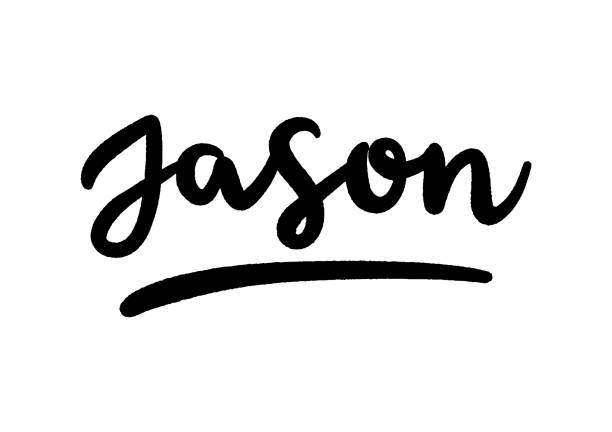When my wife decided not to dye her graying hair, I initially struggled to understand her choice. I had expected her to return from the salon with the silver strands masked, reflecting the “youthful” look I thought she wanted. But when she sent me a selfie with her natural gray still showing, I was taken aback. However, what started as confusion soon turned into a journey of understanding. I came to appreciate her decision and, through it, grew to see beauty and confidence in a new light.
This story isn’t just about my wife’s choice. It’s about a larger movement, a growing trend of women embracing their gray hair as a symbol of authenticity, confidence, and resilience. For other husbands and partners, it’s a reminder that true beauty extends beyond traditional expectations and, sometimes, into the uncharted realm of silver strands.
The Rise of the #GreyHairDontCare Movement

For decades, societal norms suggested that women should cover their gray hair to maintain a youthful appearance. The beauty industry reinforced this idea, leading countless women to dye their hair for years. But recently, a movement has emerged to challenge these long-standing standards. Known as #GreyHairDontCare, this trend sees women worldwide proudly embracing their gray hair as a sign of self-acceptance and empowerment.
Famous figures have played a role in this transformation. Actresses like Andie MacDowell, Helen Mirren, and Jodie Foster have showcased their gray locks on red carpets, from Hollywood events to the prestigious Cannes Film Festival. On social media, accounts like @agingwith_style_and_grays and @grey_so_what inspire thousands with their natural hair journeys, using the hashtag #GreyHairDontCare over half a million times on Instagram. On TikTok, #greyhair has gained more than 470 million views, reflecting a shifting mindset.
These women are redefining beauty, showing the world that grace, confidence, and authenticity far outweigh society’s outdated standards.
The Pandemic’s Role in Redefining Beauty Standards
The COVID-19 pandemic unexpectedly fueled the gray hair movement. With salons closed, many women had no choice but to let their natural hair color grow out. For some, this was a temporary solution, but for others, it became a turning point. Free from the pressures of maintaining appearances for work or social events, they found themselves questioning the need to dye their hair at all.
The lockdowns created an opportunity to break from societal norms and embrace natural aging. For many, allowing their gray hair to shine through was liberating, a chance to reclaim control over their appearance. Stylists have observed that the pandemic shifted perceptions of beauty, helping people to see aging as a natural, and even beautiful, process.
Gray Hair: A Bold Statement Beyond Fashion
Choosing to go gray is about much more than appearances. For many women, it’s a powerful act of self-affirmation and a rejection of the idea that their worth is tied to their youth. By embracing gray hair, they’re declaring that they won’t conform to the beauty industry’s pressure to look younger.
When my wife decided to keep her gray hair, I initially saw it as a superficial decision. But now, I realize it was a reflection of her inner strength. She was making a statement about her values, about her desire to live authentically and on her own terms. By keeping her natural hair color, she was choosing to celebrate herself as she is, gray strands and all.
This trend resonates on a broader cultural level, promoting self-esteem, confidence, and mental well-being. Accepting gray hair isn’t just a fashion choice—it’s a message that age is something to be embraced, not concealed.
Social Media’s Role in Embracing Gray Hair
Social media has played a significant role in normalizing and celebrating gray hair. Platforms like Instagram and TikTok are full of influencers who share their gray hair journeys, creating supportive online communities. These influencers showcase styling tips, share care routines, and celebrate each new milestone in their journey to embrace natural hair.
This visibility has made it easier for others to make the same choice. By showing the beauty of gray hair through real-life stories and images, these influencers are breaking down outdated stereotypes and redefining gray hair as a symbol of strength and wisdom.
Breaking Free from Beauty Stereotypes

For years, the beauty industry has equated youth with beauty, promoting hair dyes that promise to hide gray as a way to “fight” aging. But this outdated narrative is changing. Today, gray hair is celebrated as a marker of resilience and authenticity. Women with gray hair are no longer seen as frail or irrelevant. Instead, they’re recognized as dynamic, stylish, and professional.
According to research from the Centre for Appearance Research, the perception of gray hair as a sign of decline is slowly disappearing. Now, women in their 40s, 50s, and beyond are seen as vibrant and confident, gray hair and all. This changing perspective reflects a broader trend of inclusivity, as society begins to embrace diversity in beauty.
The Impact on the Hair Dye Industry

The hair dye industry has thrived for decades by capitalizing on the fear of aging. But with the #GreyHairDontCare movement gaining momentum, one has to wonder: will the demand for hair dye change? While the hair dye market remains a billion-dollar industry, the popularity of gray hair may lead to a shift in marketing tactics.
Brands are starting to take notice. For instance, Dove’s #KeepTheGrey campaign encourages women to embrace their natural hair color, regardless of age. As this trend grows, it’s likely that hair care companies will shift their focus from hiding gray to celebrating personal style, perhaps by developing products that enhance silver strands rather than covering them up.
From Stigma to Style: Gray Hair as a Symbol of Empowerment

Embracing gray hair has become a bold statement of self-love and empowerment. Not too long ago, few women would have dared to let their gray show, but today, public figures like Queen Letizia of Spain, Princess Caroline of Monaco, and news anchor Lisa LaFlamme are proudly showcasing their silver strands. Gray hair is no longer something to hide; it’s something to celebrate.
Gray hair has become an icon of empowerment, challenging outdated norms and signaling a refusal to conform. It’s a way for women to declare that beauty doesn’t fade with age, and that confidence only grows stronger over time.
Conclusion: Learning to See the Beauty in Gray Hair
What began as a hope that my wife would cover her gray hair turned into a lesson in appreciation and respect. Her choice to go gray taught me that beauty is about more than appearances. It’s about confidence, self-acceptance, and the freedom to define beauty on one’s own terms.
The gray hair movement is a powerful reminder that we don’t need to cover up or conform to be beautiful. True beauty lies in embracing who we are, every silver strand included. So, to anyone considering letting their gray show, remember: gray hair is a part of your story, and that makes it beautiful.


